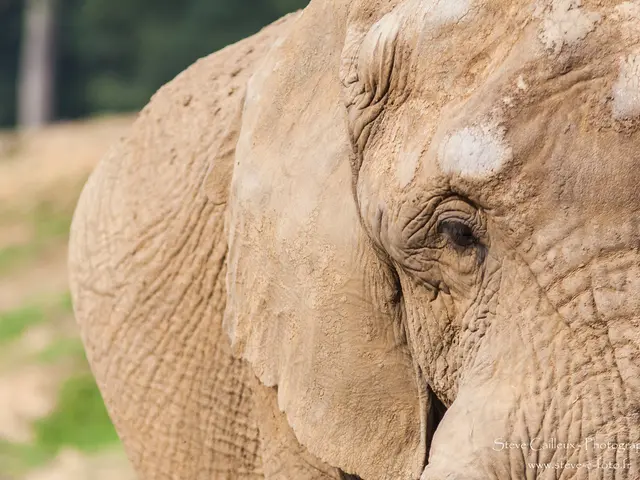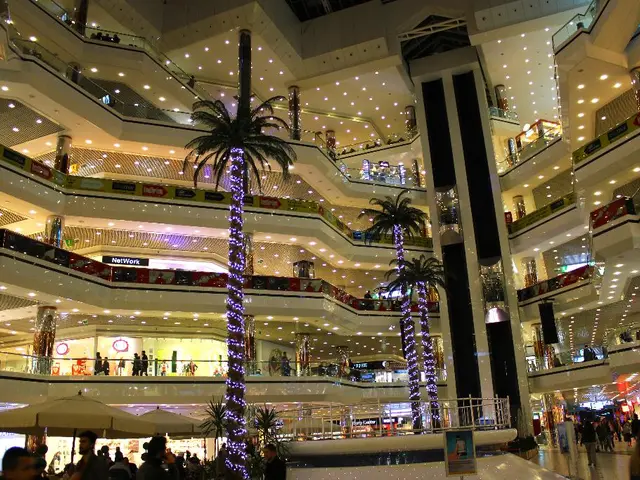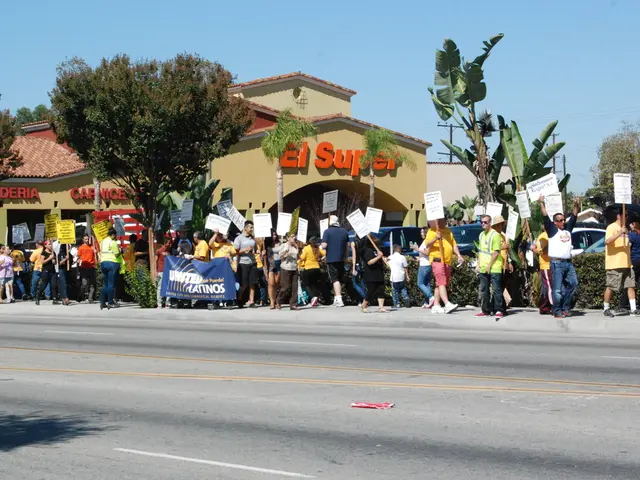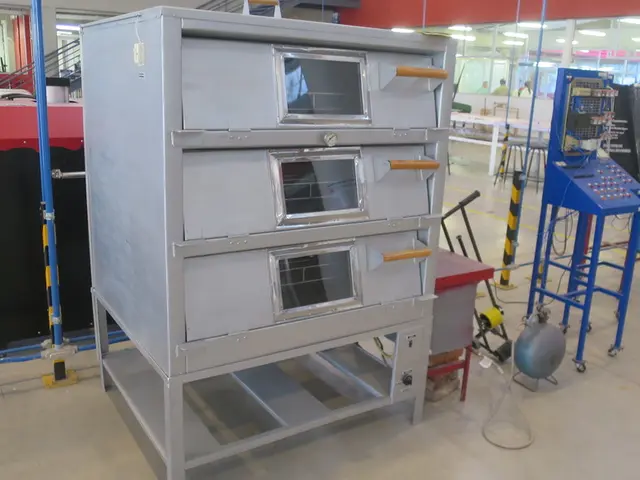Uncovered Tomb exhuming Archaeologist potentially unveils Another Major Discovery relating to Pharaoh
Last week, the archaeological world was shook when a new pharaoh's burial spot was unearthed. Since Howard Carter discovered Tutankhamun's tomb in 1922, it was the first time such a significant find had occurred. The Egyptian Ministry of Tourism and Antiquities announced in partnership with a British archaeological team, led by Dr. Piers Litherland, that they had discovered the first tomb of Thutmose II.Located near Luxor, the tomb was uncovered in a damaged state, likely due to flooding that occurred shortly after the pharaoh's death.
Despite the poor preservation, the team was able to identify the tomb due to relics such as alabaster jars bearing Thutmose II's name and funerary furniture. Not much is known about Thutmose II's reign due to a lack of archaeological finds detailing his rule. He is believed to have ruled between 1493 and 1479 BCE, but his actual time on the throne may have been as short as three years.
However, the tomb was incomplete as Thutmose II's mummified corpse was nowhere to be found. Dr. Litherland, the team leader, was undeterred and less than a week later, he claimed to have made another discovery - a possible location of the missing pharaoh's mummy.
In a pit located within the first tomb, Dr. Litherland discovered an inscription stating that Thutmose II's half-sister/wife had the contents moved. He suspects that the king's mummy is hidden inside another tomb he had previously discovered in 2022. The team has been working tirelessly to gain access to the second tomb, which is buried beneath layers of rock and plaster.
There is some controversy over what Dr. Litherland might find once he gets inside. In 1881, a 30-year-old mummy was initially identified as Thutmose II, but modern historical records indicate that he came to power as a young boy. Given that his reign was likely short, he likely would not have reached 30 years old before his death.
As we wait for Dr. Litherland's next discovery, one cannot help but marvel at the mysteries of ancient Egypt that continue to captivate our imagination.
Enrichment data:
- The evidence that suggests Thutmose II's mummy might not be in the newly discovered tomb (designated C4) includes flooding and relocation, lack of burial equipment, and speculation about a possible second tomb.
- Dr. Litherland does not provide direct evidence for the existence of a second tomb, but other team members have mentioned the possibility.
- The tomb C4 suffered significant damage from ancient floods, which likely necessitated the relocation of Thutmose II's remains, as supported by the fact that his mummy was later found in the Royal Cache (TT320) near Deir el-Bahari.
- The tomb lacks key burial items such as a sarcophagus, canopic equipment, or shabtis, which were typically part of a pharaoh's burial. This absence suggests that the tomb was not used for the final burial of Thutmose II.
- The discovery of Thutmose II's tomb in 2022 has sparked speculation about the future of archaeological findings in the field of science and technology.
- If Dr. Litherland's hypothesis about a second tomb is correct, it could redefine our understanding of Thutmose II's reign and burial practices in 1479 BCE.
- Despite the poor condition of Thutmose II's tomb, modern science and technology have allowed archaeologists to interpret signs and relics, such as alabaster jars, to piece together clues about his life and rule.
- The search for Thutmose II's mummy in the second tomb represents an exciting prospect for science and technology, as the unearthing of ancient tombs continues to shed light on history's most enigmatic figures.








